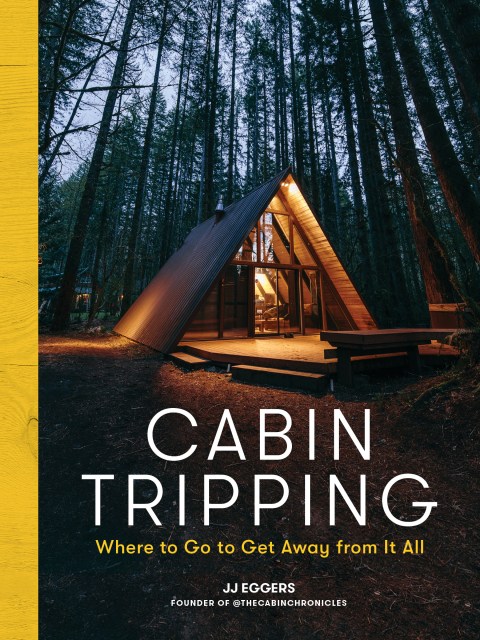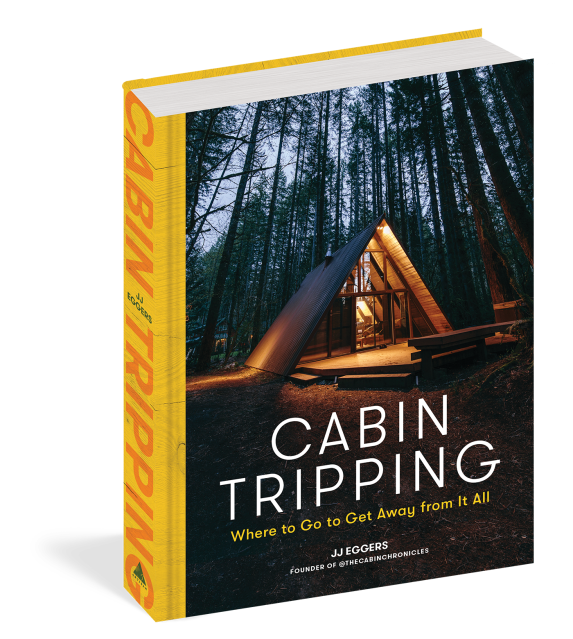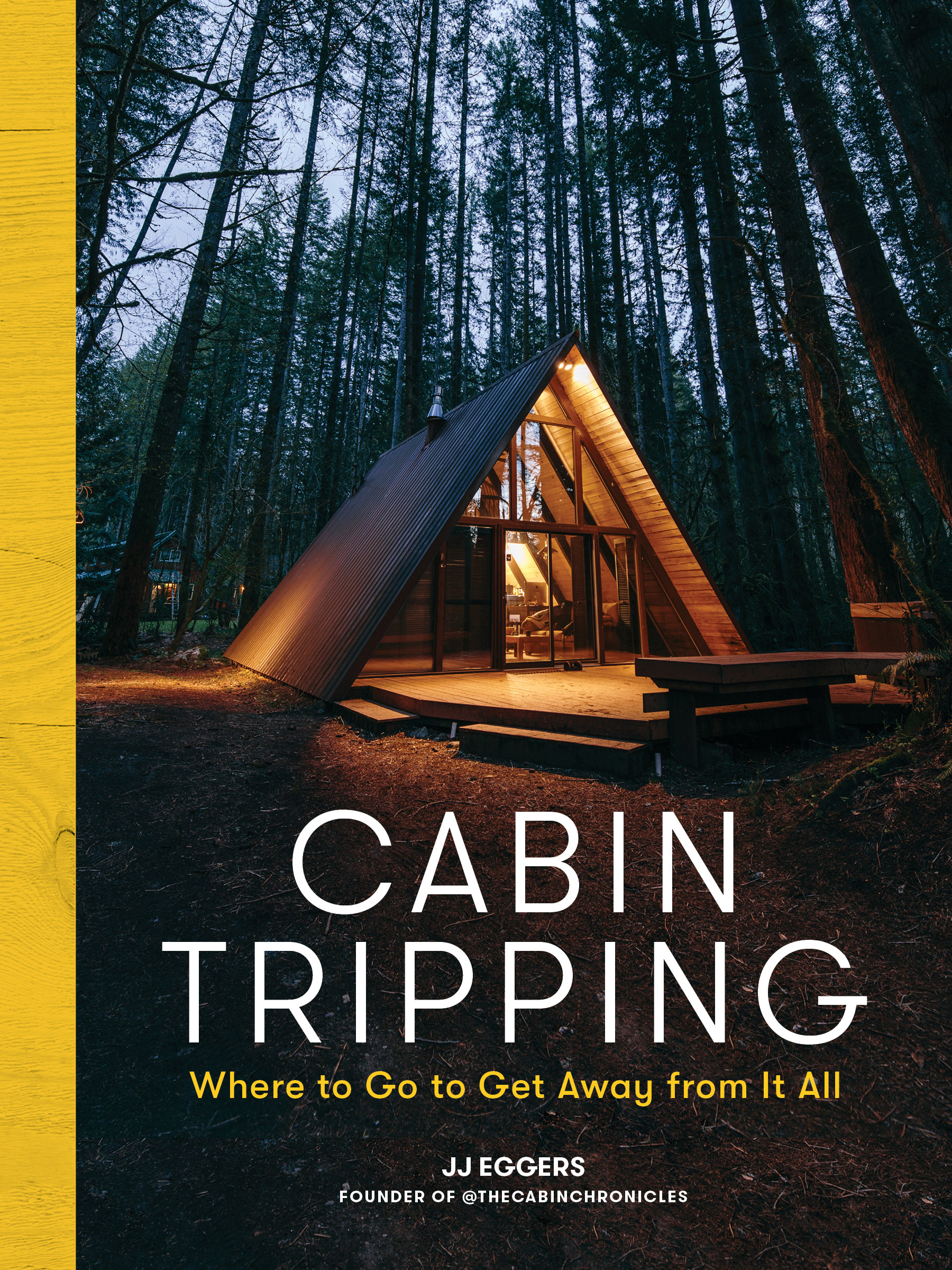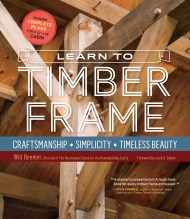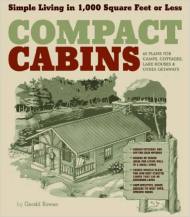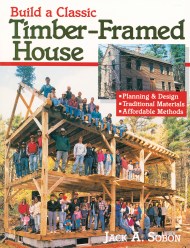Promotion
Shop now and save 20% on your back-to-school purchases & get free shipping on orders $45+ Use code: SCHOOL24
Cabin Tripping
Where to Go to Get Away from It All
Contributors
By JJ Eggers
Formats and Prices
Price
$24.95Price
$30.95 CADFormat
Format:
- Hardcover $24.95 $30.95 CAD
- ebook $12.99 $16.99 CAD
This item is a preorder. Your payment method will be charged immediately, and the product is expected to ship on or around December 7, 2021. This date is subject to change due to shipping delays beyond our control.
Also available from:
A mountain lodge 5,000 feet up in Washington State’s Cascades mountains, accessible only by skis—or an SUV tricked out with bulldozer-size snow tires. A sleek cabin just 80 minutes from Manhattan, overlooking the property’s pond and 19 acres of woodland. A romantic, eco-friendly escape in the misty mountains of Bali’s Gunung Agung volcano. A glass-domed Finnish hut offering unobstructed views of the Northern Lights. Whether readers are seeking a once-in-a-lifetime adventure or a quiet retreat, a cozy night around a firepit or a summery lakefront sojourn, Cabin Tripping delivers.
Divided into six chapters—Forest, Tropics, Mountain, Arctic, Water, and Desert—the book features a curated collection of over 80 of the most incredible cabins available to rent all over the globe. Each cabin profile includes information on how to get there, activities to enjoy in the area (hiking trails, fishing holes, thermal spas, and more), and tips like when to plan your visit to maximize your “leaf-peeping” or whale-watching opportunities.
- On Sale
- Dec 7, 2021
- Page Count
- 352 pages
- Publisher
- Artisan
- ISBN-13
- 9781579659905
Newsletter Signup
By clicking ‘Sign Up,’ I acknowledge that I have read and agree to Hachette Book Group’s Privacy Policy and Terms of Use
